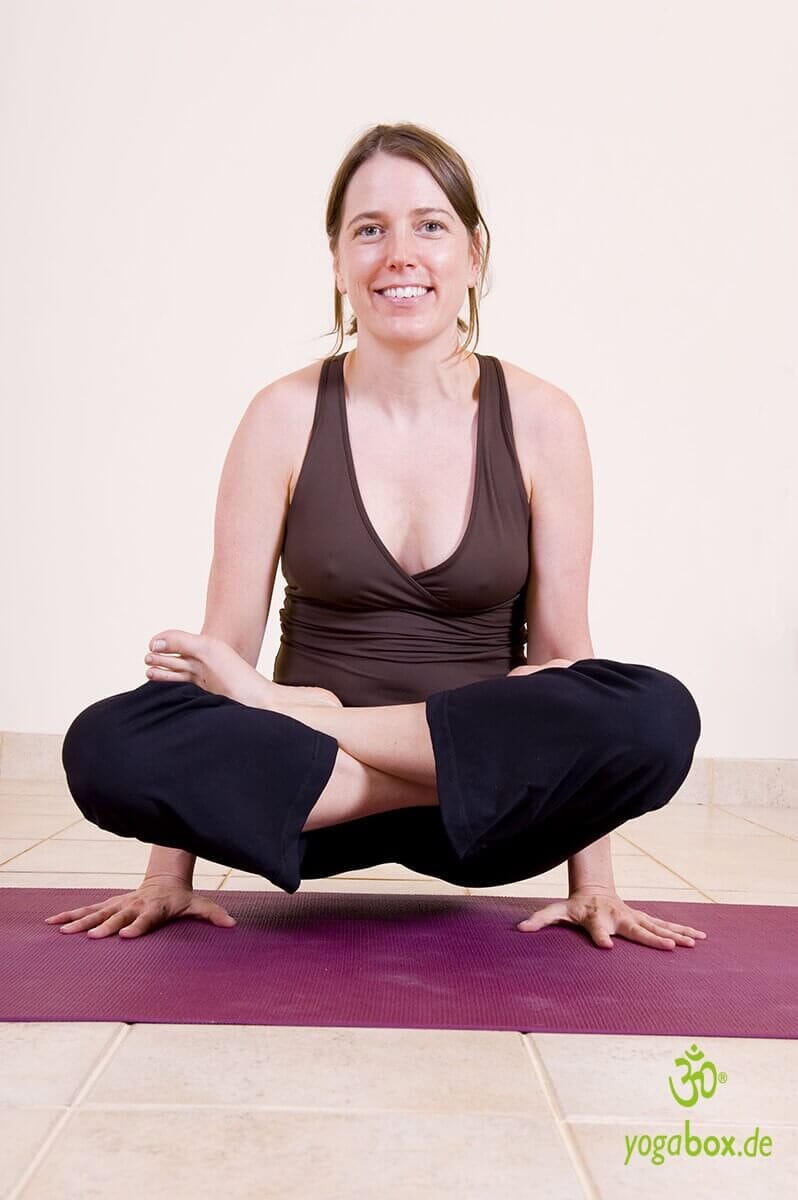Parvatasana - the Yoga Mountain Yoga is an Indian science dating back thousands of years. It uses physical exercises, breathing exercises, meditation, and concentration to help achieve greater flexibility, relaxation, inner peace and serenity, and health. One of the most popular poses is Parvatasana, the Yoga Mountain. The word "parvatasana," which comes from Sanskrit, means "mountain pose." This yoga exercise aims to develop balance, body control, courage, and determination. Parvatasana is an advanced asana. Anyone can perform this exercise, regardless of age, physical ability, or cultural or religious background. The Mountain - Parvatasana - how is the exercise performed? For Parvatasana, you first choose a sitting position, starting with a cross-legged position. Extend your legs forward so that your heels and knees are together. Your back is completely straight, but your upper body should still be in a comfortable position. Place your palms together in front of your chest and press them together. Stretch your arms vertically above your head and inhale deeply. Remain in this position for 5 to 30 seconds, holding your breath. You can increase the number of seconds over time. It's best to close your eyes while doing this, as this increases the positive effect. When you want to exhale, lower your arms. Repeat this yoga exercise, the mountain pose, up to five times in a steady rhythm. Regular repetition of the exercise ensures that you breathe deeper, which brings more oxygen into your system and thus makes you more active. Deep breathing relaxes the entire body and contributes to a positive approach to tension, pressure, and stress in everyday life. What are the effects and benefits of Parvatasana, the Yoga Mountain? The Yoga Mountain pose can calm the nerves and mind, and relax the shoulder and neck muscles. The spine, shoulders, and abdominal muscles are strengthened. The entire upper body is stretched. The pose also develops various arm muscles, such as biceps and triceps. It can also relieve arthritic shoulder pain. Thanks to the deep and even breathing, the lungs are strengthened. This also benefits people suffering from respiratory illnesses, such as asthma. The lungs are evenly filled with plenty of air, and the used air is then completely exhaled. The touch of the palms of the hands brings centering and aids balance. This meditative method helps you find your center, and thereby achieve peace and clarity. This provides the opportunity to gain the necessary stability and distance to avoid being overwhelmed by any emotions or fears. At the same time, Parvatasana improves concentration. It can also promote digestion. Conclusion
Parvatasana develops balance and body control. The Yoga Mountain pose is also an ideal exercise that calms the nervous system, contributes to improved stress management, strengthens the back muscles, and can have an optimal effect on the respiratory system, the heart, as well as the neck and shoulders. When performing this yoga pose, it's especially important not to hunch your shoulders and keep your shoulder girdle broad. It increases shoulder mobility, and relieves strain on the neck and upper back muscles. If you occasionally lose your balance at first, this is not a problem. However, you should easily master the cross-legged position, the starting position of the Yoga Mountain pose. Simply repeat the exercise. With regular practice, you will notice the results within a short time. Image © belitas / 123rf.com


